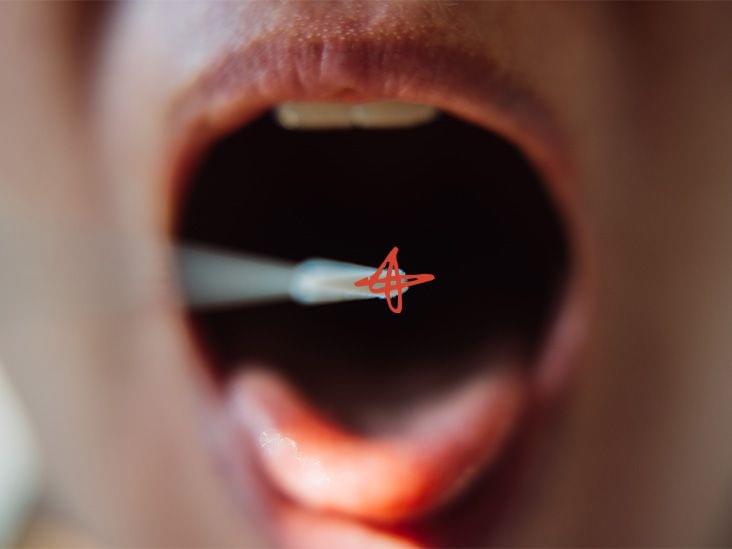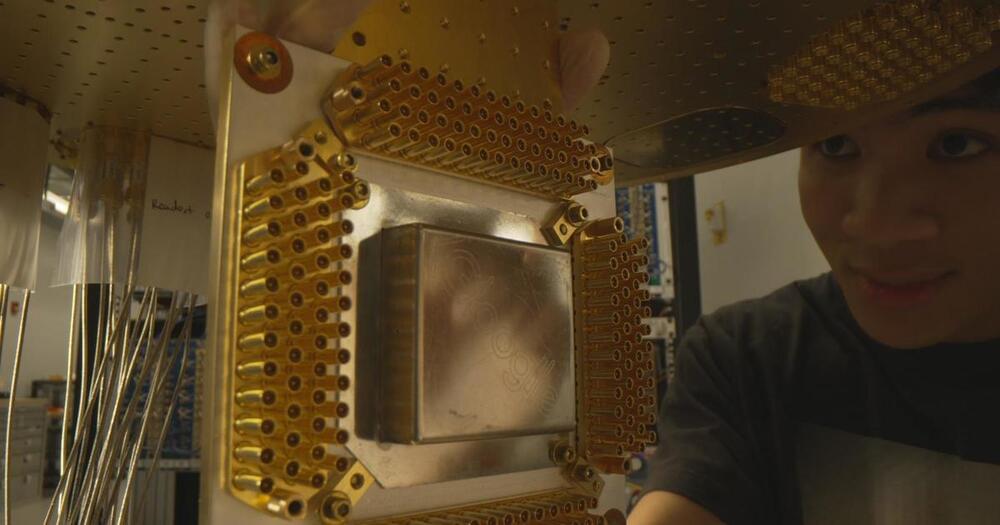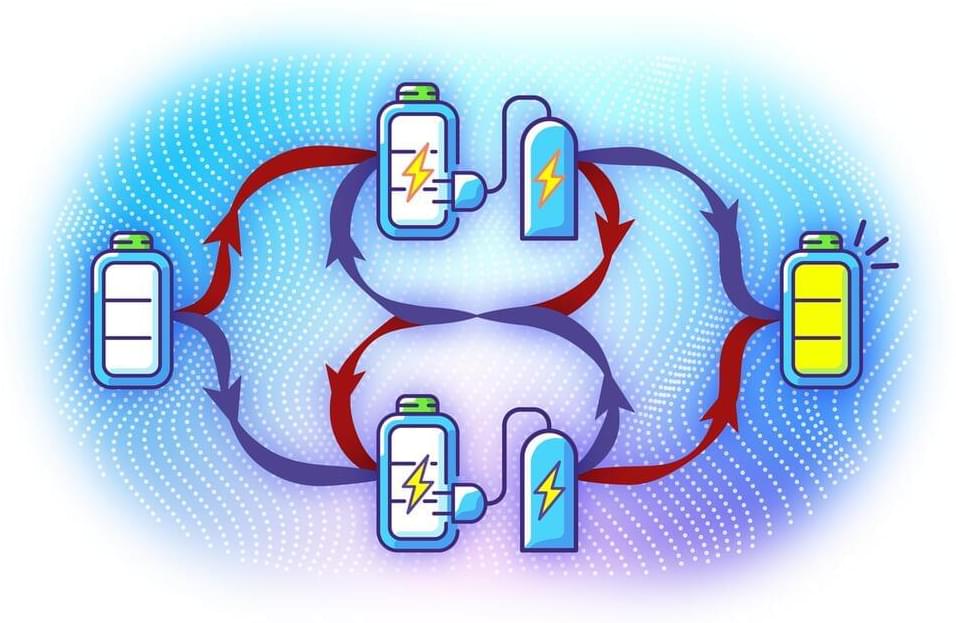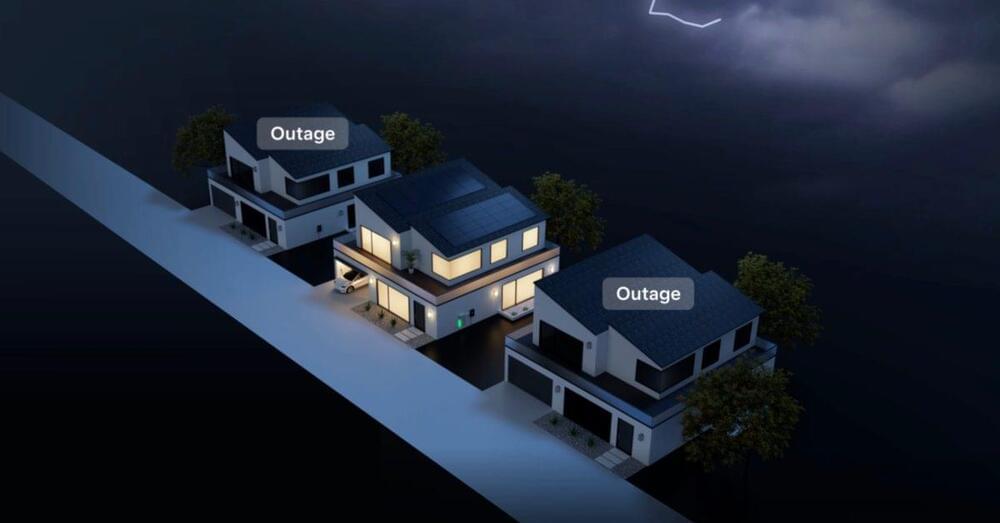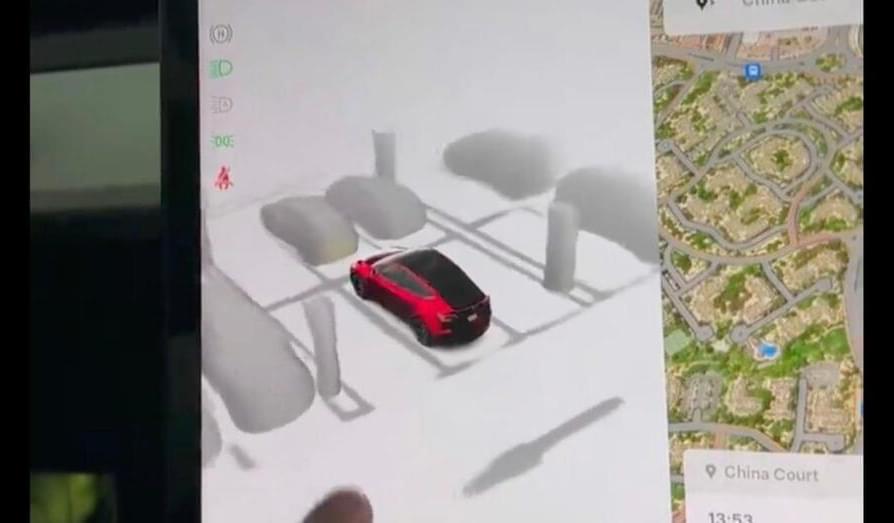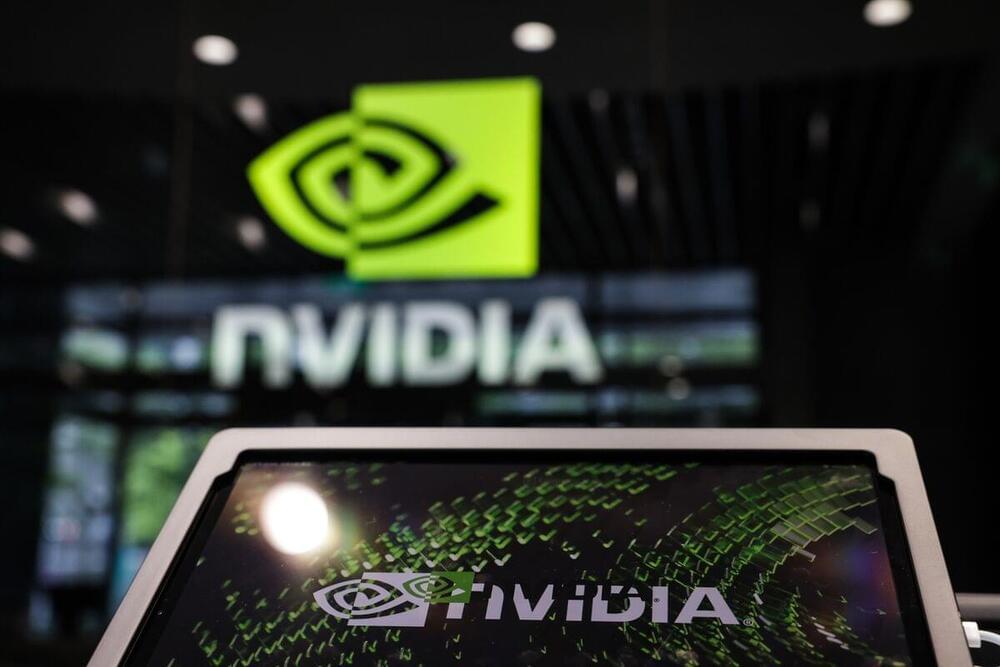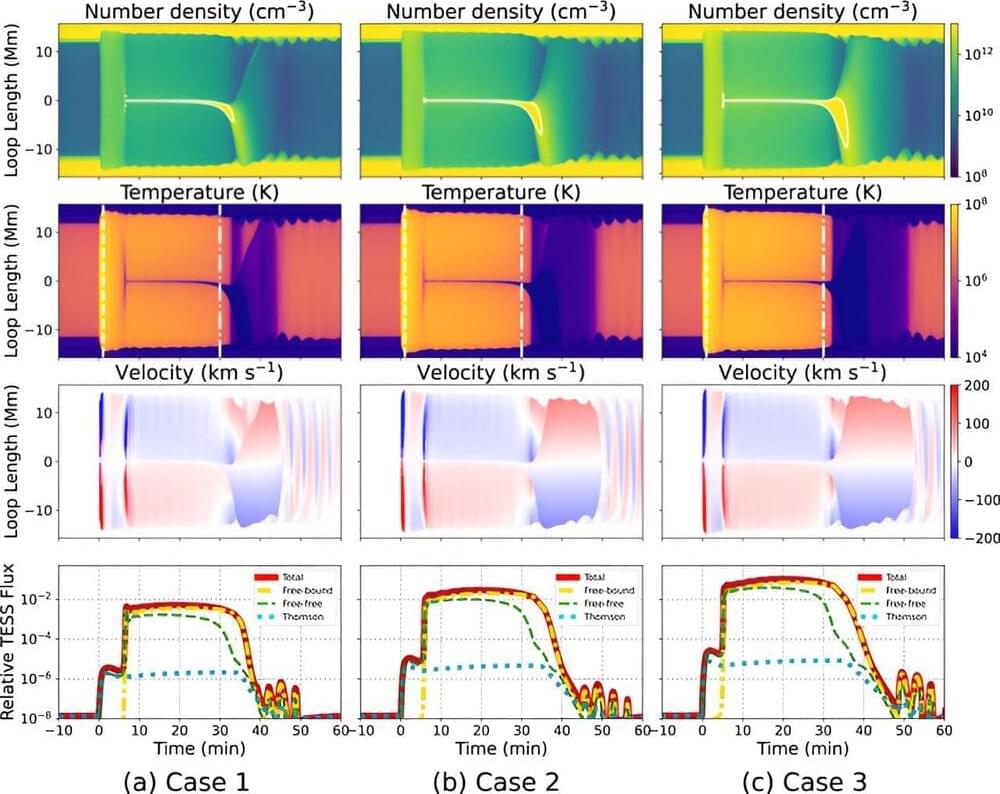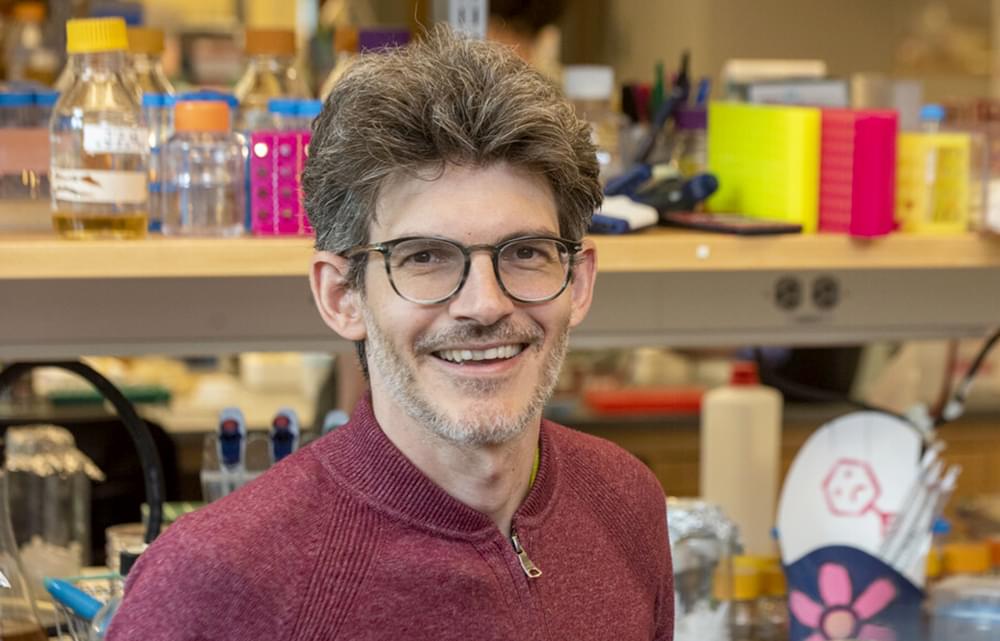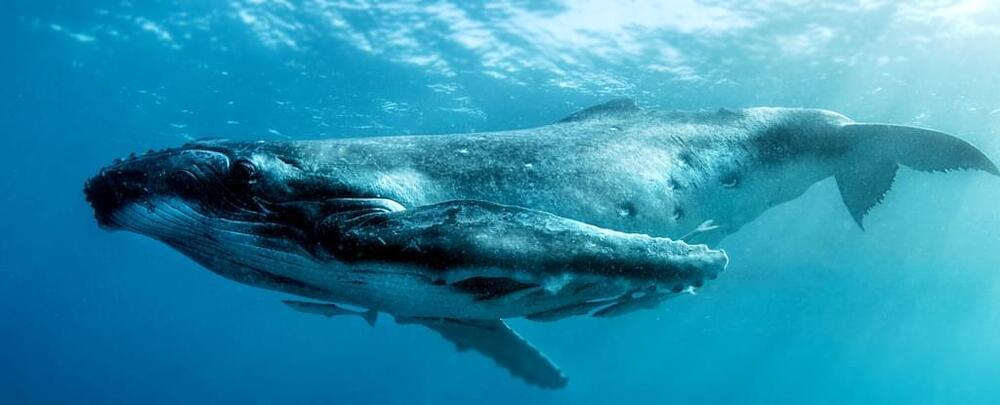Some researchers argue that looking for structural changes in sugar molecules called glycans could help identify different types of cancer early on.
Companies and countries are in a race to develop quantum computers. The machines could revolutionize problem solving in medicine, physics, chemistry and engineering.
Causality is key to our experience of reality: dropping a glass, for example, causes it to smash, so it can’t smash before it’s dropped. But in the quantum world those rules don’t necessarily apply, and scientists have now demonstrated how that weirdness can be harnessed to charge a quantum battery.
In a sense, you could say that quantum batteries are powered by paradoxes. On paper, they work by storing energy in the quantum states of atoms and molecules – but of course, as soon as the word “quantum” enters the conversation you know weird stuff is about to happen. In this case, a new study has found that quantum batteries could work by violating cause-and-effect as we know it.
“Current batteries for low-power devices, such as smartphones or sensors, typically use chemicals such as lithium to store charge, whereas a quantum battery uses microscopic particles like arrays of atoms,” said Yuanbo Chen, an author of the study. “While chemical batteries are governed by classical laws of physics, microscopic particles are quantum in nature, so we have a chance to explore ways of using them that bend or even break our intuitive notions of what takes place at small scales. I’m particularly interested in the way quantum particles can work to violate one of our most fundamental experiences, that of time.”
Less than a week after announcing a Power Day 2023 event to unveil new battery technologies, ZEEKR has officially introduced its own lithium iron phosphate (LFP) cells developed in-house. While LFP batteries are generally categorized as less energy-dense, ZEEKR says its cells outperform many competitors.
While many companies have begun decelerating in 2023 as we enter the busy holiday season, ZEEKR has shown no signs of slowing down. In November, the Geely-owned automaker announced a new model called the 7, which made its public debut during the Guangzhou Auto Show. Since then, we’ve seen the company file for a US IPO and have confirmed plans for a new mass-market SUV to compete with the Tesla Model Y.
The ZEEKR 7 sedan will officially launch in China on December 27, followed by deliveries a few days later. Before then, however, ZEEKR promised a live event to debut new technology pertaining to EV batteries developed entirely in-house.
Tesla has released a new comparison report claiming Powerwall with solar is cheaper than a traditional backup generator.
For years now, Tesla has enjoyed a giant backlog of Powerwall orders, but now that production has ramped up, the automaker has worked through most of that backlog, and it has to start generating more demand for the home energy storage product.
Tesla has now released a new report that compares Powerwalls as a backup system to backup generators.
Tesla has unveiled a 3D reconstruction park assist system that serves as the long-awaited bird-eye view.
Bird’s eye view, a vision monitoring system that renders a view of a vehicle from the top to help park and navigate tight spaces, has become a popular feature in premium vehicles and it has even moved down market over the last few years.
It’s almost ubiquitous in most modern luxury cars and offered in tech packages in many less expensive vehicles.
It’s rare that a computer component sets pulses racing beyond the tech industry. But when Nvidia Corp. issued a blowout sales forecast in May to send its market value above $1 trillion, the star of the show was its latest graphics processing unit, the H100. The new data center chip is showing investors that the buzz around generative artificial intelligence — systems that can perform a wide range of tasks at superpowered speed — is translating into real revenue, at least for Nvidia. Demand for the H100 is so great that some customers are having to wait as long as six months to receive it.
The H100, whose name is a nod to computer science pioneer Grace Hopper, is a graphics processor. It’s a type of chip that normally lives in PCs and helps gamers get the most realistic visual experience. Unlike its regular counterparts, though, the chip’s 80 billion transistors are arranged in cores that are tuned to process data at high speed, not generate images. Nvidia, founded in 1993, pioneered this market with investments in technology going back almost two decades, when it bet that the ability to do work in parallel would one day make its chips valuable in applications outside of gaming.
Have a confidential tip for our reporters? Get in Touch.
Our sun actively produces solar flares that can impact Earth, with the strongest flares having the capacity to cause blackouts and disrupt communications—potentially on a global scale. While solar flares can be powerful, they are insignificant compared to the thousands of “super flares” observed by NASA’s Kepler and TESS missions. “Super flares” are produced by stars that are 100–10,000 times brighter than those on the sun.
The physics are thought to be the same between solar flares and super flares: a sudden release of magnetic energy. Super-flaring stars have stronger magnetic fields and thus brighter flares but some show an unusual behavior—an initial, short-lived brightness enhancement, followed by a secondary, longer-duration but less intense flare.
A team led by University of Hawaiʻi Institute for Astronomy Postdoctoral Researcher Kai Yang and Associate Professor Xudong Sun developed a model to explain this phenomenon, which was published today in The Astrophysical Journal.
In 2007, Luciano Marraffini struck out on what was then a scientifically lonely path: to understand CRISPR, which had been discovered in bacteria only about a decade before.
Seventeen years later, we all know what CRISPR is: a revolution in medicine. A once-in-a-lifetime scientific breakthrough. The most promising tool for gene therapy ever discovered. But back then, “clustered regularly interspaced short palindromic repeats” were merely curious genetic fragments with no known purpose.
“When I started, there was nothing that indicated that it was going to one day help people to cure genetic diseases,” Marraffini recalls.
What do whale experts and alien hunters have in common? More than you might expect.
For a recent study published in the peer-reviewed journal PeerJ, scientists from UC Davis, the Alaska Whale Foundation, and SETI (Search for Extraterrestrial Intelligence) teamed up.
Their mission: Communicate with whales. And they did just that.
